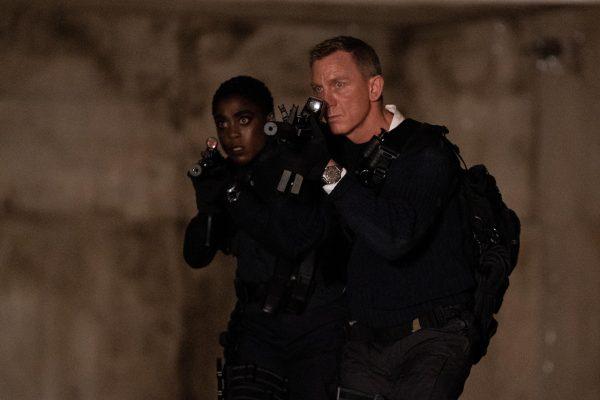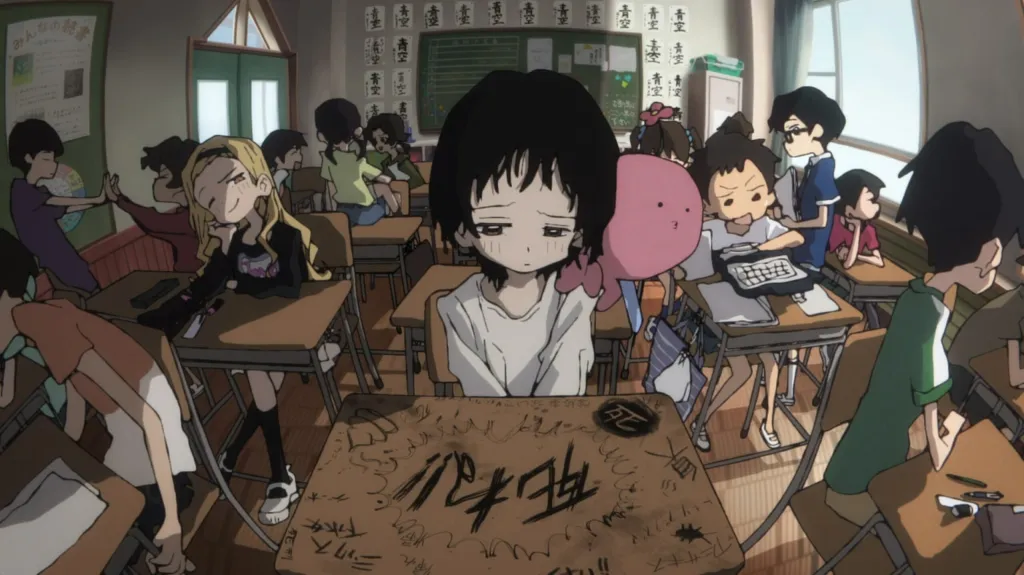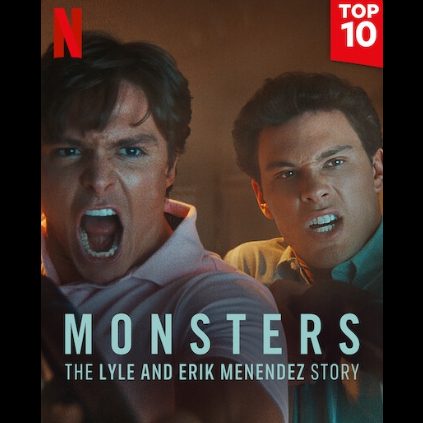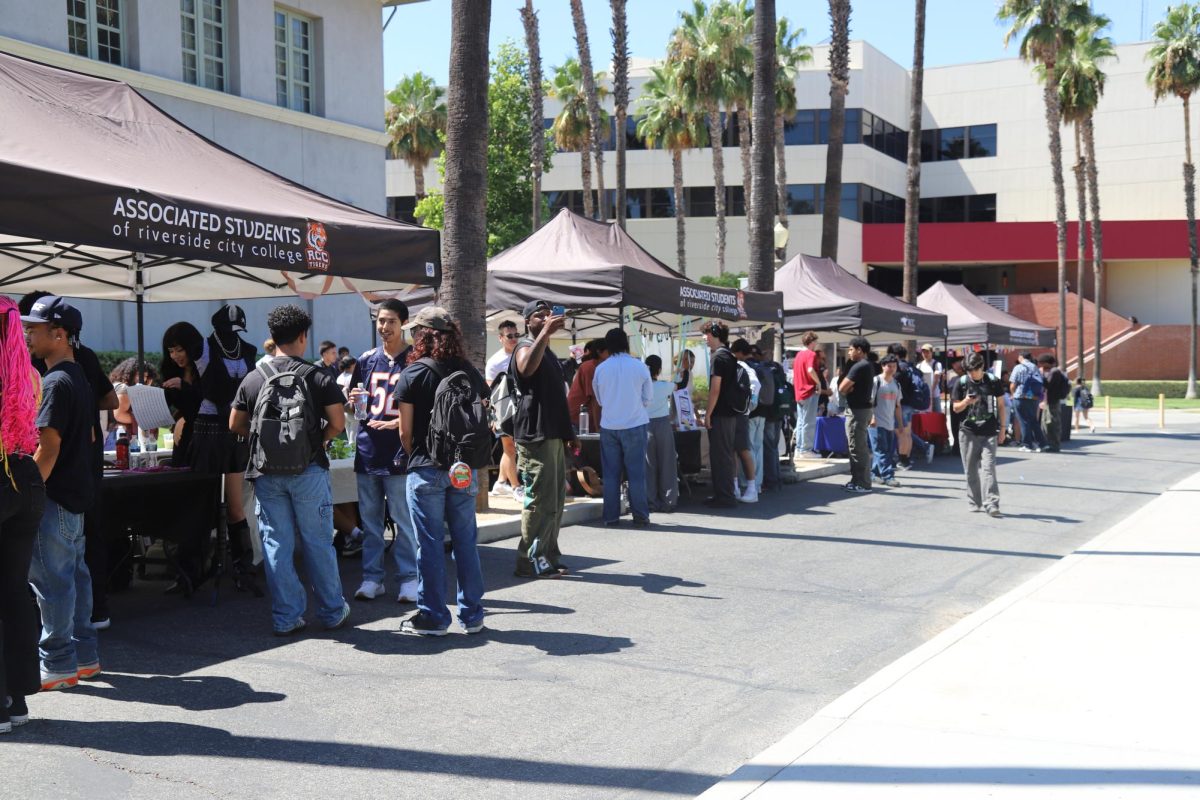
By Mackenzie D. Johnson
Daniel Craig says goodbye to his 15 years as Agent 007 in this epic, explosive and emotional farewell. Through Craig, Agent 007 essentially underwent a masculinity makeover because, by 2007, the macho, unfeeling, martini-sipping playboy he had been historically was dull and played out.
Craig brought a vulnerability to a long-standing franchise based on the adventures of a tuxedo-wearing, womanizing lady-killer. He not only strayed from his predecessors by getting roughed up and showing he too can bleed, but by falling in love and experiencing heartbreak.
“No Time to Die,” at heart, is a traditional Bond film, and that’s part of its pleasure. But it’s not just the running time that feels more epic than usual — the film wants to bring full justice to the emotional thrust of this being Daniel Craig’s exit from the series.
As the film begins, Bond has been retired from active MI6 duty for some time and started a new life with Madeleine Swann, played by Léa Seydoux. However, he cannot shake the memory of Vesper: Bond’s previous love interest from Casino Royale who betrayed him and ultimately drowned before he could confront her. Before long tragedy tears Bond and Madeleine apart, setting a somber tone that is beautifully captured by Billie Eilish’s opening title song.
The plot revolves around a sinister biological warfare plan to have DNA-targeting nanobots possibly wipe out millions of people worldwide, which feels just close enough to our real-life pandemic to suggest why the studio might have opted to hold the picture back a year.
British intelligence does not care to involve Bond, who is now retired in Jamaica, and M (Ralph Fiennes) has handed over his 007 status to new agent Nomi (stylishly played by Lashana Lynch). But the Americans, in the form of his old buddy Felix Leiter (Jeffrey Wright) and uptight new appointee Logan Ash (Billy Magnussen), persuade Bond to take on the job as a freelance. They send him to Cuba, where he works with untrained agent Paloma (Ana de Armas). The Cuban nightclub scene has something genuinely bizarre about it, bringing us a henchman with a too-large glass eye.
Paloma arguably receives the best fight scene in the whole film with the added pleasure of stiletto assisted roundhouse kicking. Ana de Armas updates the “Bond Girl” trope by being funny and a little chaotic. She is a messy woman who is actually incredibly competent.
If only her character did not also feel like the product of a focus-group study on how to make Bond’s arm candy more real and likable. Meaningfully incorporating her into the story would have also helped. For example, they could cut Paloma and her entire subplot from the film and almost nothing else in “No Time to Die” would need to change.
Almost none of the women on screen have any interest in canoodling with Bond. Lynch’s Nomi is undeniably cool and a natural brawler, albeit emotionally blank due to the need to impart professionalism worthy of the title.
Bond, infamously cool as a cucumber, could not care less, and his indifference rhymes with Nomi’s anxiety over the threat that his return poses to the status of her promotion. This dynamic plays out repeatedly as a one-sided competition over who is and is not allowed into M’s office, a kind of unintentional joke in itself about the tenuous role of the first female Agent 007.
Pushing the vulnerability of Craig’s Bond to its most predictable manifestation, writers decide to give Bond a family. We see Bond is not merely a slick, sexy superspy, but also a human who wants relatable human things: a loving woman, a best bud, a child. In “No Time to Die,” Bond is no longer the lady-killer we know him to be, but a tortured romantic hero.
As Craig has said himself, the film is really “about family and relationships” and seeing the human side of Bond. Letting family and relationships take center stage simply puts a damper on its own party by persistently foreshadowing that Craig’s time as Bond is up, and that there’s no reason for audiences to care.
The feeling of finality is prominent throughout the film, constantly reminding audiences that this is a finale and it has to “mean” something. Nothing about “No Time to Die” feels especially timely or urgent. This is a twilight Bond movie, and the mood is overwhelmingly somber. There are continual reminders of Bond’s advancing age, of his past regrets and losses. It’s the usual assembly of Bond movie clichés, which is nothing to complain about, of course, since clichés: the gadgets, the one-liners, the martinis, the lovemaking, are the lifeblood of this series.
Craig has been a terrific James Bond, arguably the best, and his departure certainly deserves a little fanfare. I admired the impulse behind this very long goodbye without feeling as moved as I wanted to be.
It remains to be seen what comes next after “No Time to Die” demolishes the franchise’s formula. Whoever takes on the role after Craig has a very big bow tie to fill. A new bar has undeniably been set for the series, with Craig leaving his legacy behind in explosive style.










